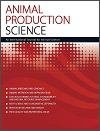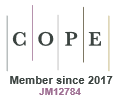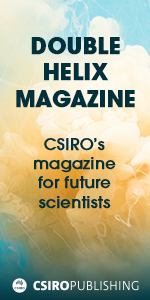Animal Production Science
Volume 65
Number 5 2025
This study looked at the white clover inclusion in perennial ryegrass swards on a wetland soil type in the border midland and western region of Ireland. The focus of this study was to substitute chemical nitrogen (N) fertiliser applications with white clover as it can sufficiently support the N requirements of the sward due to its N fixation abilities. The results of the study found very successful clover establishment with significant savings in chemical N fertilier.
This article belongs to the collection: Australasian Dairy Science Symposium 2024.
This study aimed to evaluate existing methods for predicting methane emissions from beef cattle fed barley and wheat-based diets typical in Australian feedlots. All the tested equations were found to be inaccurate to methane emissions of feedlot cattle, underscoring the importance of developing methods with region- or country-specific data. To address this, the study developed new equations that showed better accuracy and precision in predicting methane emissions for cattle on barley and wheat-based diets.
The liver function index (LFI) indicates liver status and may be key during the postpartum period in dairy cows. This study, which included two groups of cows with two dietary supplements, examined the relationship between the LFI, milk production and ovarian activity. Cows with LFI greater than zero were found to produce more milk at baseline and at 28, days and 89% of cows were in estrus within the first 90 days and had larger ovarian and follicle sizes.
Higher replacement rates in dairy herd lead to increased costs associated with rearing and/or purchasing replacement heifers and greater greenhouse gas emissions from the herd. Reducing the replacement rate has the potential to enhance farm milk solids production and reduce emission intensity. The findings of this study underscore the importance of considering both environmental factors, such as greenhouse gas emissions, and economic aspects, such as net farm income, when evaluating and implementing strategies for sustainable dairy farming.
This article belongs to the collection: Australasian Dairy Science Symposium 2024.
Producing high-quality eggs is essential to ensure food safety and animal health. This study examined the effect of different diets, with and without the addition of probiotics, on egg production and quality in laying hens. The results showed that pelleted diets not only improve production performance but also reduce environmental impact, suggesting that this strategy could be beneficial for the poultry industry.
David Coates, a highly respected agricultural scientist who spent a lifetime working for the benefit of the northern Australian cattle industries, passed away on the 24 January 2024. David had exceptional knowledge and experience of the practical aspects of the industry. He excelled in his contributions, especially towards understanding of phosphorus nutrition in both pastures and cattle in northern Australia, and in his leadership in the development of near-infrared spectroscopy of the dung of cattle for rapid and economical measurements of the diets of cattle grazing rangelands.
Understanding how cow–calf dairy systems can reduce the emotional impact of painful procedures such as disbudding is key to improving calf well-being. This research found that the behaviour of disbudded calves in attention bias tests (ABT) was unaffected by whether they were dam-reared or commercially reared, likely owing to compounded stress factors. Developing methods to assess dam-reared calf emotions within their natural environment will enhance our understanding of their experiences in pasture-based extended suckling systems.
This article belongs to the collection: Australasian Dairy Science Symposium 2024.





